In photography, among well-endowed museums and high-end galleries, the trend in recent years has been toward big and flashy, mammoth C-prints like those favored by Cindy Sherman, Jeff Wall, and Thomas Struth. But the medium started out small and intimate and, of course, in black and white. Those criteria lent themselves as readily to Cartier-Bresson’s “decisive moments” as to Ansel Adams’ majestic vistas of the American West. It’s a format that seduces rather than knocking you out with size and saturated color.
The “old tech” approach also seems inseparable from certain subjects. It’s hard to imagine Diane Arbus’s “freaks” or Dorothea Lange’s Depression-era farm workers blown up to monumental proportions, even as digital and computer enhancements allow photographers ever greater imaginative sway over what they choose to portray.
Bruce Wodder came of age when the dark room was still the sanctum sanctorum of both amateurs and professionals. He was about twelve when his father introduced him to making his own prints at home. “It’s a cliché to say that once that image comes to life in a developing tray, it’s like magic,” he says “You’re looking at a blank piece of paper and within a minute there’s a picture emerging. That may be lost to a lot of people now.”
Wodder has worked as a photographer for four decades, making his living from advertising, corporate reports, and the travel industry. But his personal projects, in look and feel, take him back to an earlier era. For the series called “The Keystone Project,” he traveled to small towns in depressed areas of Pennsylvania where the economics are changing as steel mills, factories, and coal mines shut down entirely or rely on greater automation. The realities are contemporary, but the signage, architecture, and commercial establishments are left over from a more optimistic era.
At times the juxtapositions are bleakly comic: lush hanging plants festoon a porch in the shadow of smokestacks, a tidy two-story house and yard are dwarfed by an ugly pile of coal. There is pathos in the modest small-town graveyard and the snow-covered bleachers, perhaps abandoned for good because of the nuclear reactors in the background. And always there is a sharp sense of composition: Wodder knows how to work vertiginous angles and has an eye for imposing and unusual shapes.
These are not immediately agreeable subjects; indeed they are towns we would just as soon avoid if we’re on a road trip. But they are as much a part of who we are as our national parks and thriving cities. What he finds in these corners of America, Wodder says, can be summed up in two words: “beautiful sadness.”
Top: Home Team, Washington, PA, archival print on Ilford paper, 15 by 18.75 inches
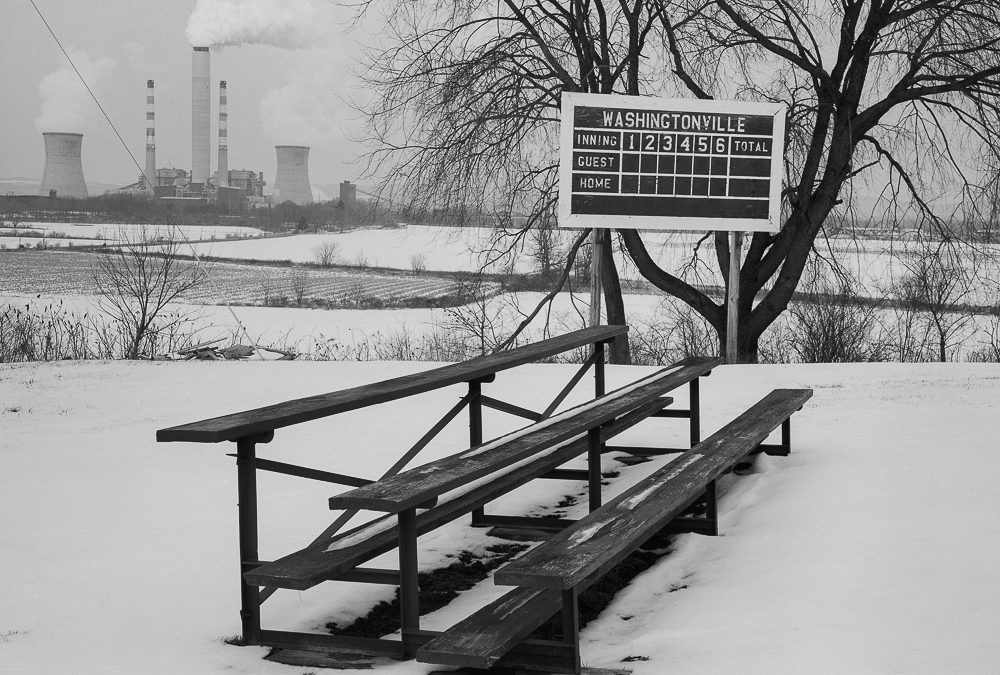
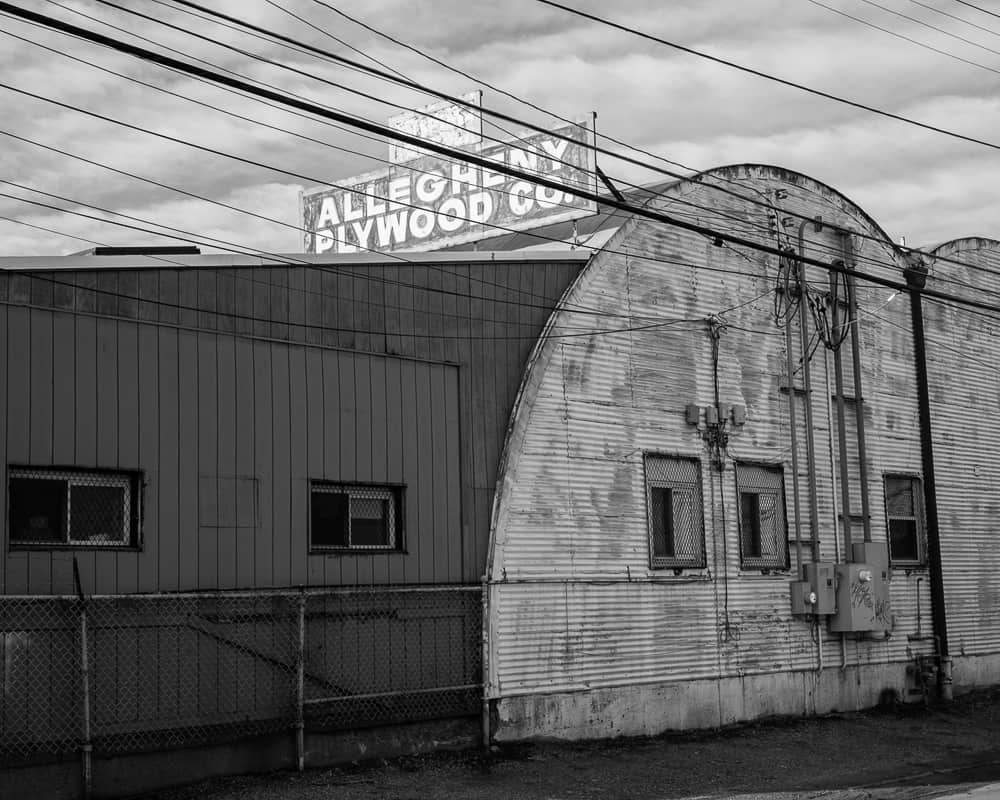
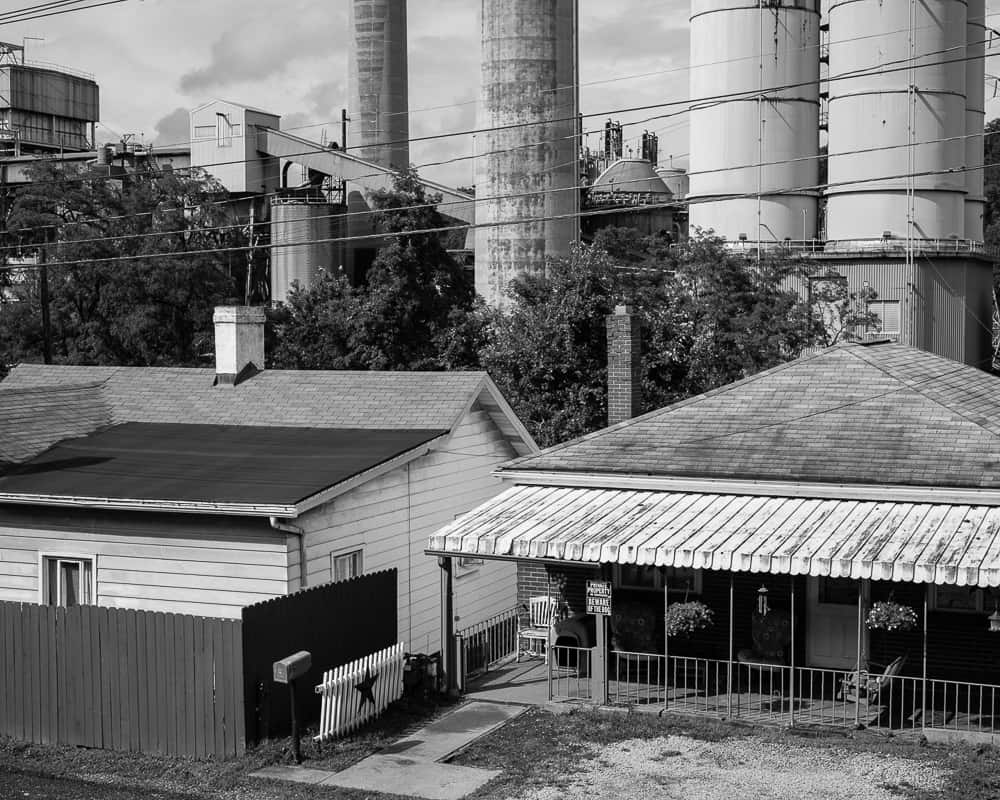
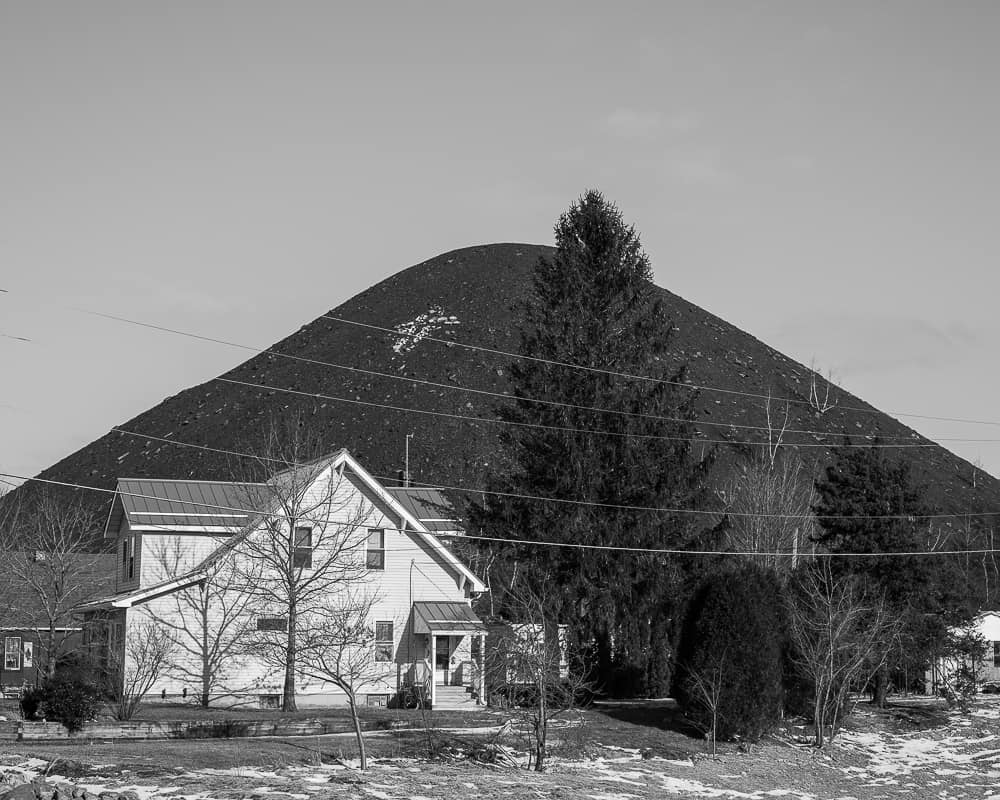

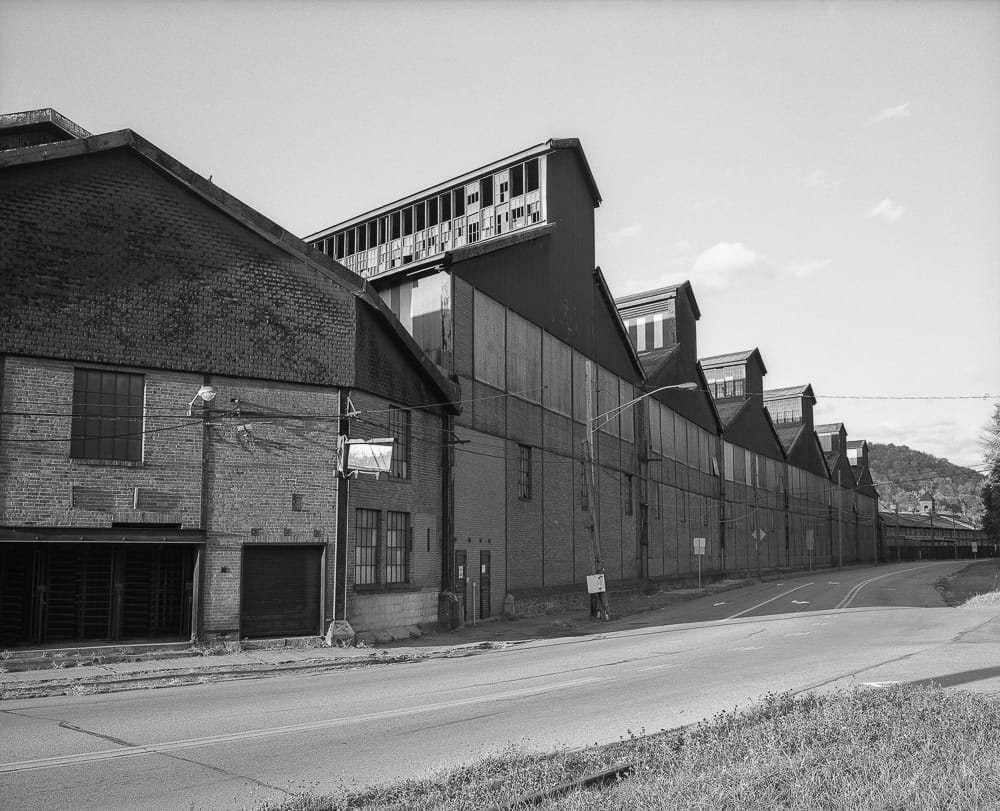
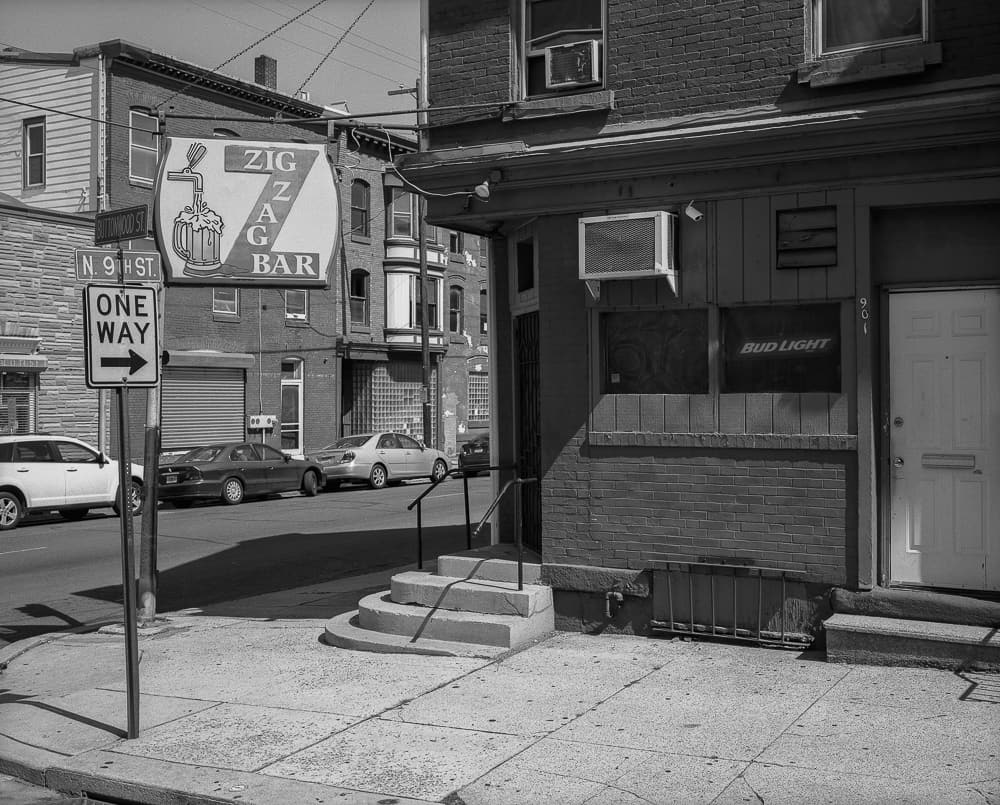

great imagery! a wonderful project
The images are mesmerizing. The ability to see the beauty in this kind of environment is extraordinary. Bruce is an amazing photographer.
Nice stuff!
Beautiful write-up, describes
“The Master” perfectly.
He does great work and is truly the modern-day Ansel.
Wonderful article that describes this project perfectly. The work is masterful and poignant.